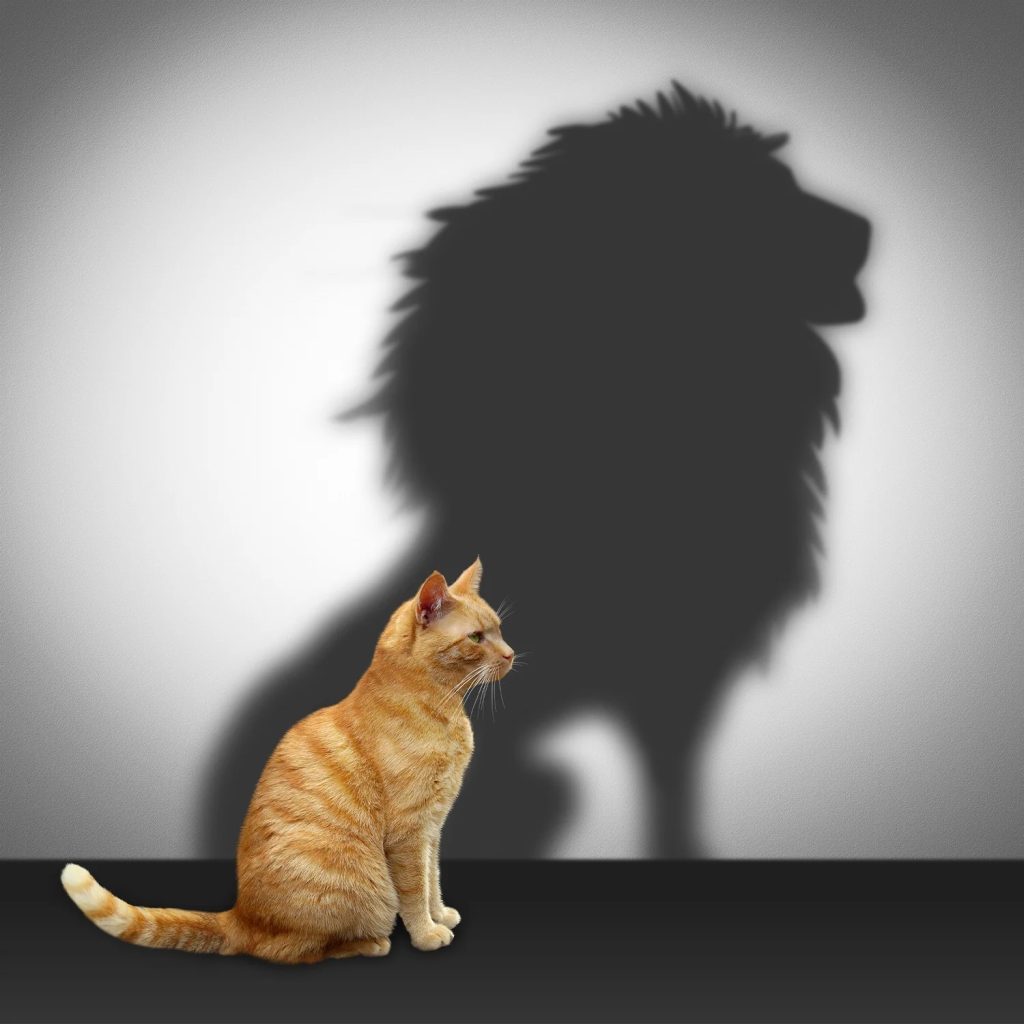Did you know that talking drums were used as a medium for passing information?
In today’s world, we’re accustomed to instant communication — sending a text, making a call, or posting on social media. But imagine a time when the primary means of long-distance communication wasn’t digital or even written, but instead resonated through the beat of a drum. Enter the talking drums, one of Africa’s most intriguing historical communication tools.
A Rhythm of Connection
The talking drum, often found in West African cultures, was much more than a musical instrument; it was a powerful tool for storytelling, conveying news, and maintaining social connections across great distances. The drums were played in specific rhythms and tones that represented different words, phrases, or entire messages. Much like language, these beats had syntax and grammar understood by those who listened closely.
The Art of Communication
To communicate effectively with talking drums, drummers employed various techniques. They would vary the pitch and tone to mimic the inflections of human speech, allowing them to “speak” through the drum. The drum’s tension cords could be squeezed or released to change the pitch, making the drum capable of producing a wide range of sounds, much like the rise and fall of a human voice.
Drummers also changed the rhythm to convey the urgency or importance of the message. A fast, frantic beat could signal an emergency, like the approach of an enemy, while a slower, steady rhythm might be used to announce less urgent news, such as the arrival of a visitor or the birth of a new chief. In some communities, specific drumbeats were dedicated to significant events, concepts, or even specific individuals, adding another layer of meaning to the rhythmic language.
The Power of Sound
The beauty of the talking drum lies not only in its musicality but in its effectiveness. Messages could travel faster than a person could run or ride, and they could be sent to multiple locations simultaneously. This made the drum a critical tool for coordinating between villages, especially in times of crisis or celebration.
Imagine a drumbeat rolling across the plains, warning a distant village of impending danger or calling the community together for an important announcement. The talking drum didn’t just pass on information; it created a shared experience, connecting people through the power of sound. In a sense, it was an ancient precursor to modern broadcast media, sending messages that were both urgent and unifying.
Lessons for Public Speaking
So, what can public speakers learn from the legacy of the talking drum?
- Master Your Rhythm and Tone: Just as drummers used varying rhythms and tones to convey their message, speakers must consider their pacing and vocal inflections. A well-timed pause can be as powerful as a drumbeat, allowing your message to resonate with your audience.
- Be Clear and Intentional: The talking drum’s beats were precise and purposeful, leaving no room for misunderstanding. As a speaker, be intentional with your words. Make every statement count, and ensure your message is clear and impactful.
- Connect Emotionally: The talking drum didn’t just relay facts; it communicated emotions and urgency. Similarly, effective speakers engage their audience’s emotions, using stories, analogies, and expressive delivery to make a lasting impact.
- Adapt to Your Audience: Just as drummers adjusted their beats for different contexts, public speakers must adapt their style to suit their audience. Whether addressing a large crowd or a small group, tailor your message and delivery to resonate with those you are speaking to.
The Legacy Lives On
Today, while we may no longer rely on drums to communicate across distances, the principles behind the talking drum continue to resonate. Whether in public speaking, storytelling, or even casual conversation, the art of effectively conveying a message is timeless. The beats of the past continue to inspire, reminding us that communication is more than just the exchange of words—it’s about rhythm, connection, and the power to move others.
So, the next time you take the stage or speak in front of a group, remember the talking drum. Harness your rhythm, speak with intention, and let your message travel far and wide, echoing with the same spirit that once connected distant villages through the powerful language of sound.







